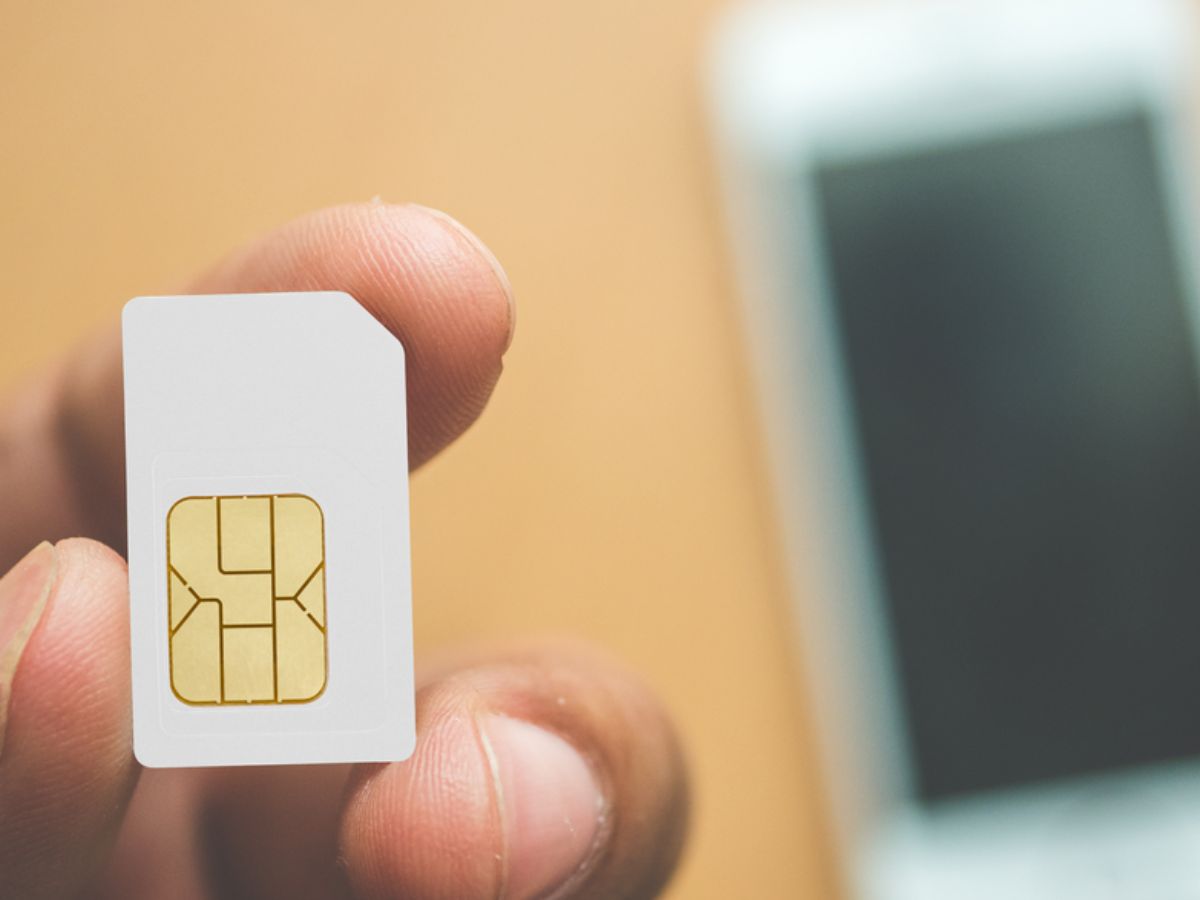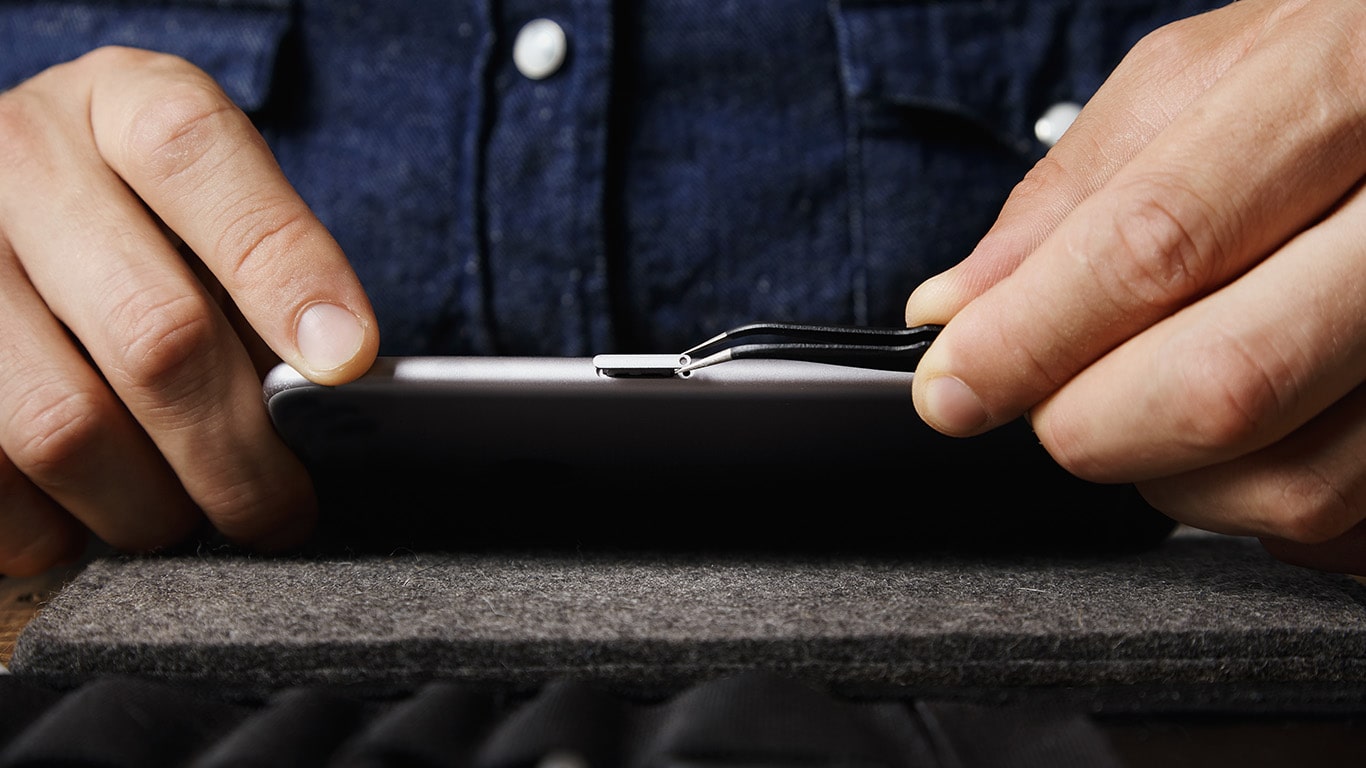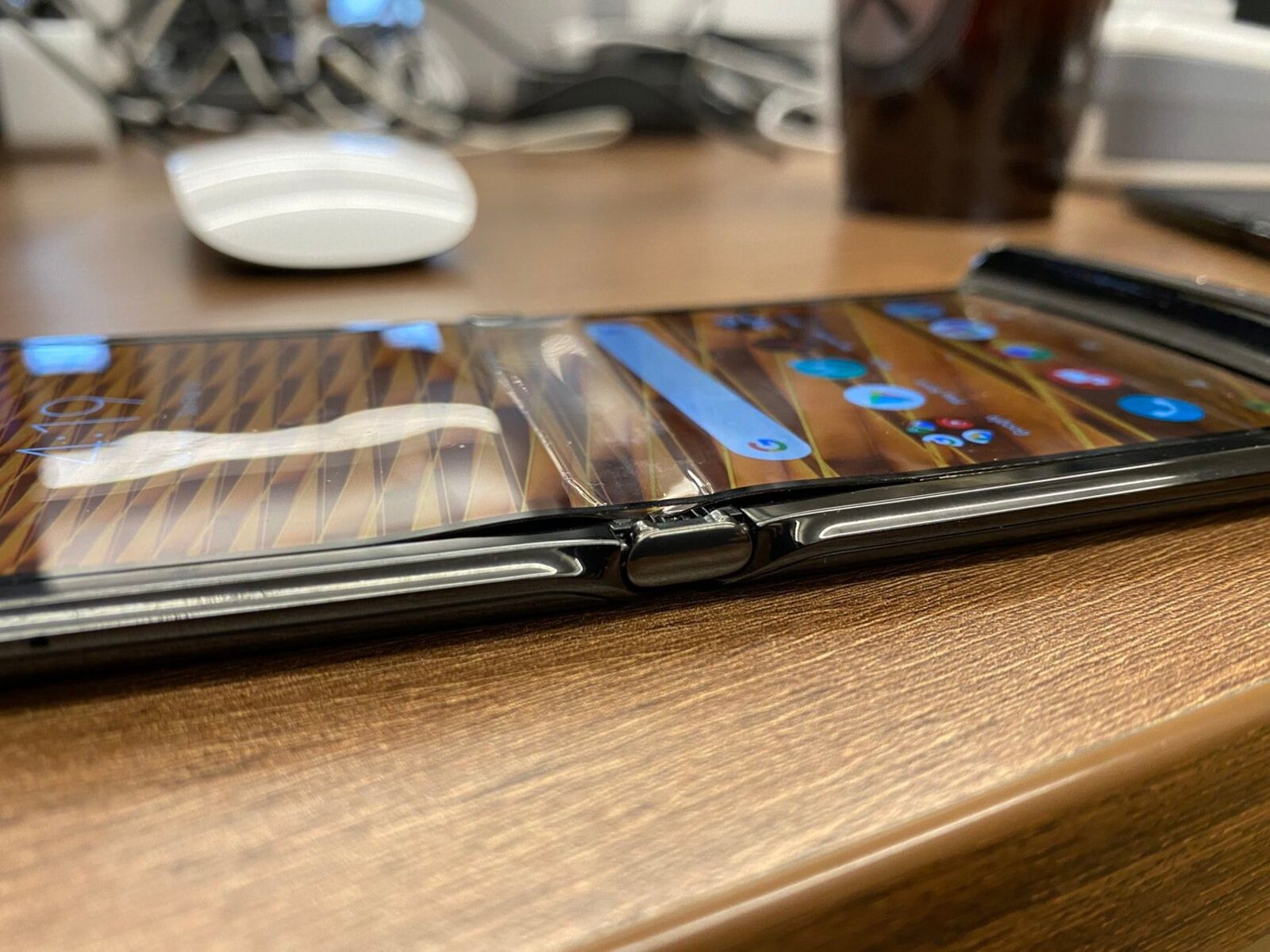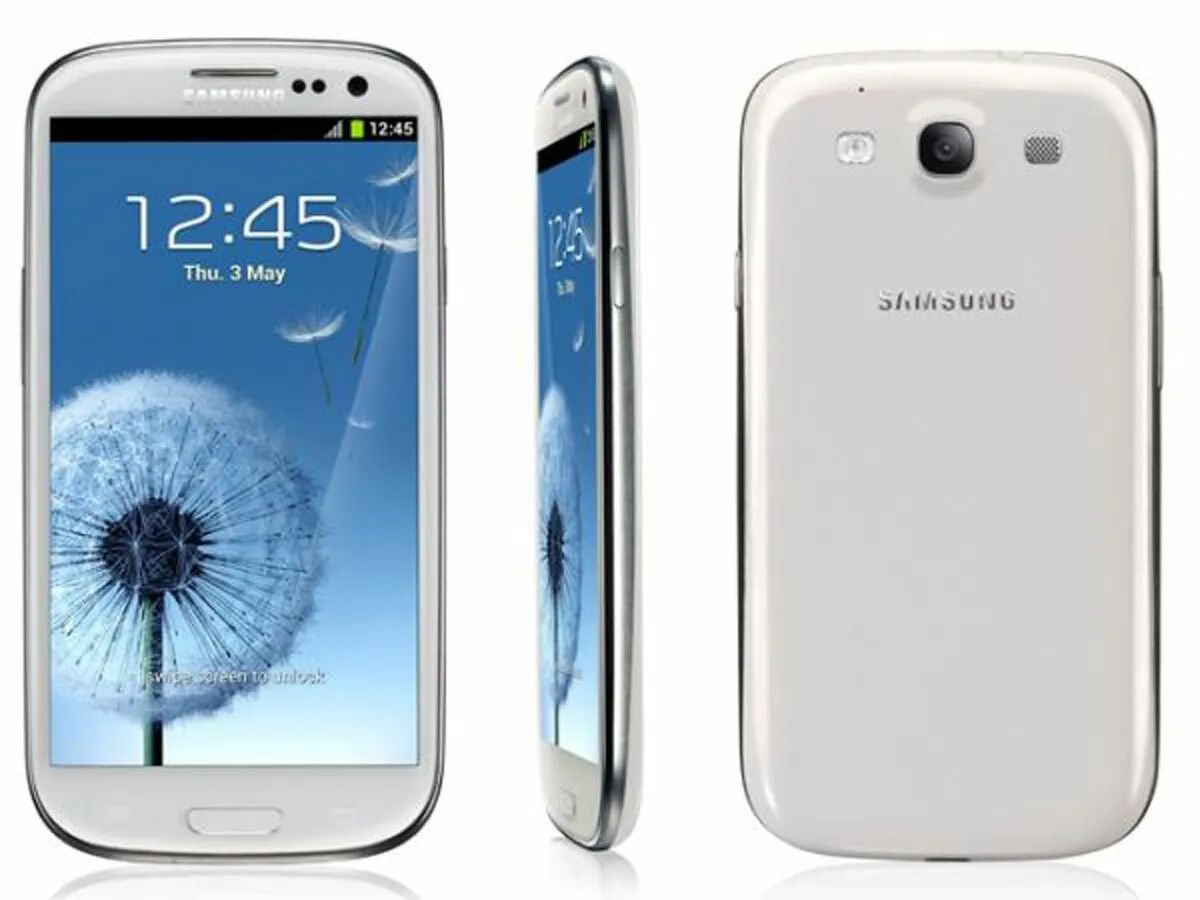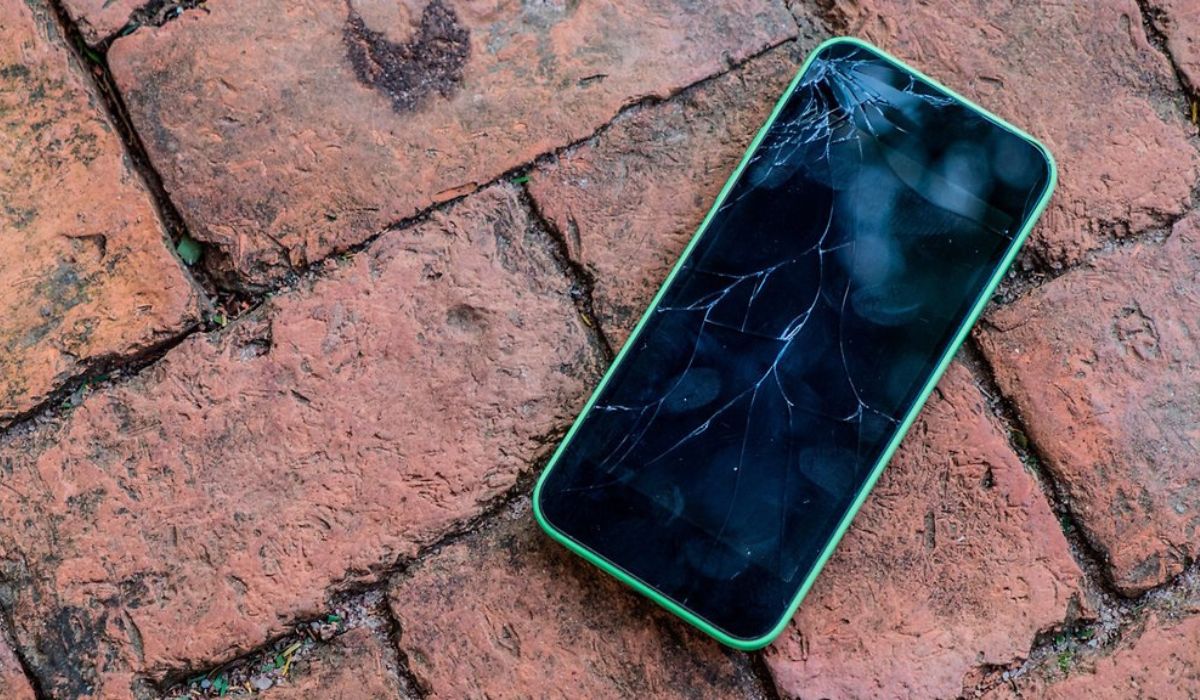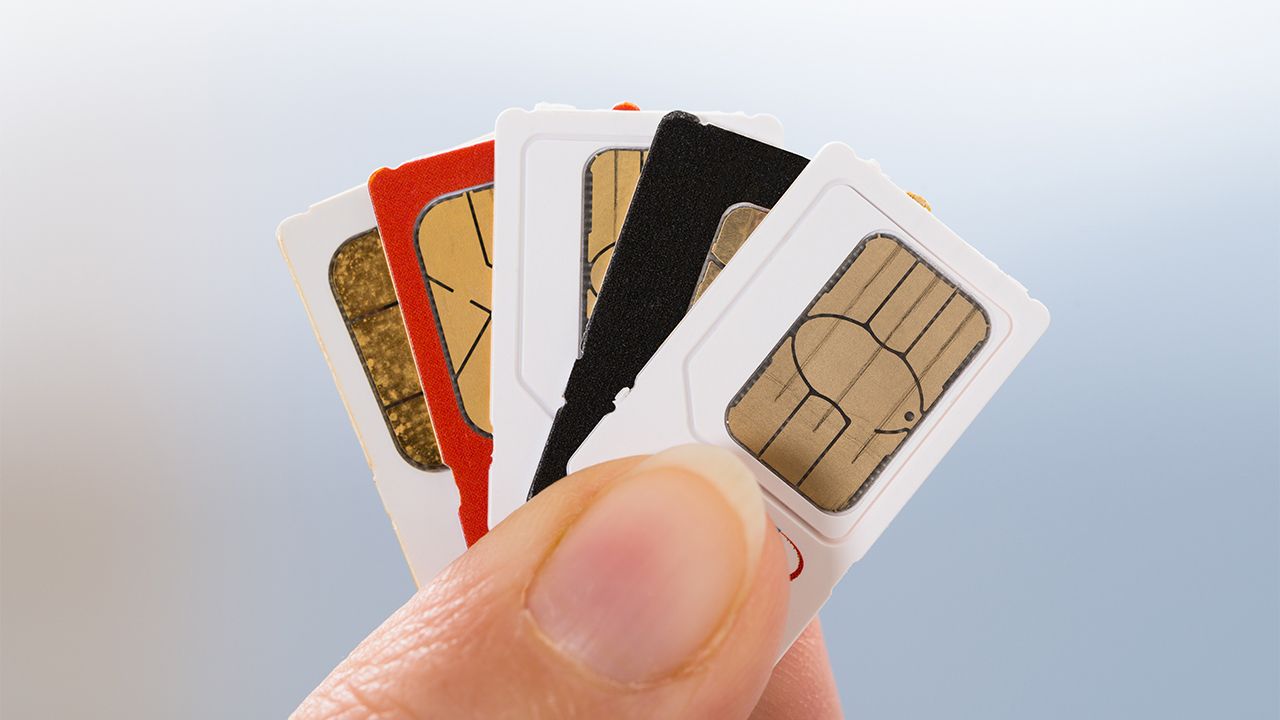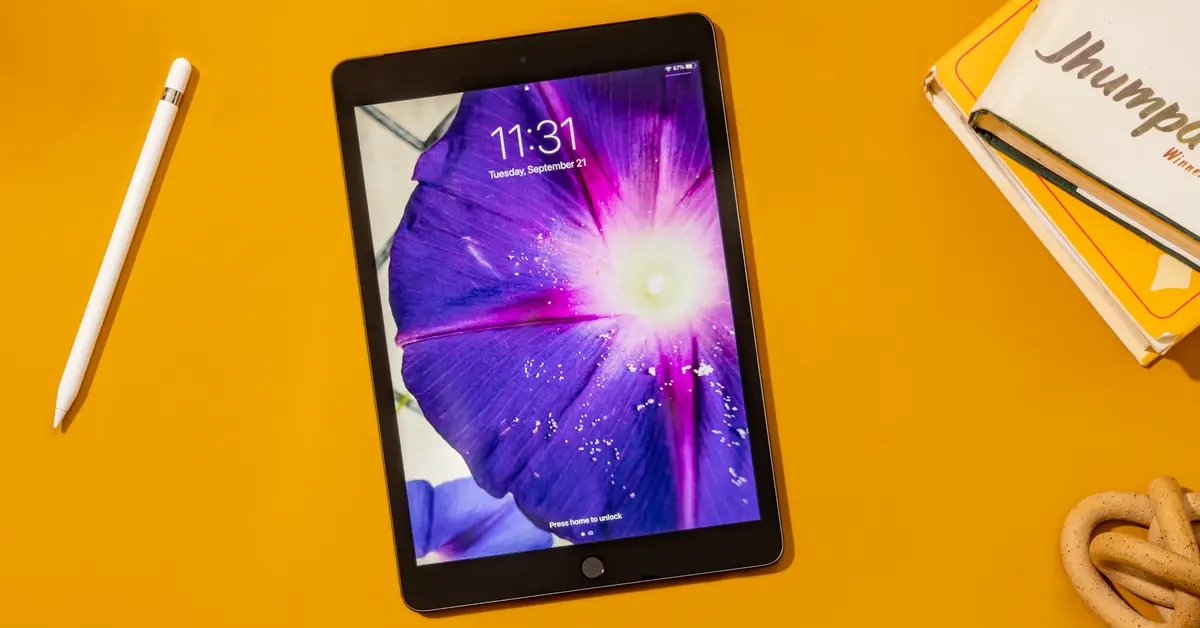Introduction
A SIM card, or Subscriber Identity Module, is a small but crucial component of your mobile device. It serves as the key to accessing your mobile network, enabling you to make calls, send messages, and connect to the internet. However, despite its diminutive size, a SIM card can sometimes become damaged or malfunction, disrupting your ability to use your device effectively.
When faced with a broken or malfunctioning SIM card, it's essential to address the issue promptly to restore your mobile connectivity. In this article, we will explore the essential steps to take when dealing with a broken SIM card, guiding you through the process of assessing the damage, backing up your data, contacting your mobile service provider, replacing the SIM card, and activating the new one.
By understanding and following these steps, you can effectively troubleshoot and resolve SIM card issues, ensuring that you can continue to stay connected and make the most of your mobile device's capabilities. Whether you've encountered a physically damaged SIM card or are experiencing persistent network connectivity problems, this comprehensive guide will equip you with the knowledge and strategies needed to address the situation effectively.
Now, let's delve into the essential steps for fixing a broken SIM card, empowering you to overcome this hurdle and regain seamless access to your mobile network.
Step 1: Assessing the damage
Before taking any further action, it's crucial to thoroughly assess the nature and extent of the damage to your SIM card. This step is essential for gaining a clear understanding of the issue at hand and determining the appropriate course of action. Here's how you can effectively assess the damage to your SIM card:
-
Physical Inspection: Begin by carefully removing the SIM card from your mobile device. Inspect it for any visible signs of damage, such as cracks, scratches, or dislodged components. Pay close attention to the metallic contacts on the card, ensuring that they are clean and free from debris or corrosion.
-
Testing in Another Device: If possible, insert the SIM card into another compatible mobile device and observe its behavior. If the card functions normally in the alternate device, the issue may be related to your original device rather than the SIM card itself. Conversely, if the problems persist, it's likely that the SIM card is indeed the source of the issue.
-
Network Connectivity: Attempt to make a call, send a text message, or access mobile data using the SIM card. Take note of any error messages, network signal strength, or unusual behavior exhibited by the device. This information can provide valuable insights into the specific nature of the SIM card's malfunction.
-
Consulting Device Diagnostics: Many modern mobile devices offer built-in diagnostic tools that can assess the status of the SIM card and its connectivity to the mobile network. Access these diagnostics and review the reports to identify any anomalies or errors related to the SIM card.
By meticulously evaluating these aspects, you can gain a comprehensive understanding of the damage or malfunction affecting your SIM card. This assessment serves as a crucial foundation for the subsequent steps in the troubleshooting process, enabling you to make informed decisions and take targeted measures to address the issue effectively.
Step 2: Backing up your data
Backing up your data is a critical step when dealing with a broken SIM card, as it ensures that you can safeguard your essential information and seamlessly transition to a new SIM card without losing vital data. Here's a detailed exploration of the process of backing up your data in the context of a broken SIM card:
Importance of Data Backup
When a SIM card malfunctions or requires replacement, it's imperative to recognize that the data stored on the card, such as contacts, messages, and network settings, may become inaccessible. To mitigate the risk of losing this valuable information, creating a comprehensive backup is essential. By doing so, you can preserve your contacts, messages, and other SIM card-related data, enabling a smooth transition to a new SIM card without the fear of losing crucial information.
Methods for Data Backup
-
Cloud Services: Utilize cloud-based services such as Google Drive, iCloud, or Dropbox to sync and store your contacts, messages, and other essential data. These services offer seamless integration with mobile devices, allowing you to automatically back up your data and access it from any compatible device.
-
SIM Card Reader: If your SIM card is still functional to a certain extent, consider using a SIM card reader to extract and back up its contents onto a computer or another storage device. This method can be particularly useful when dealing with a physically damaged SIM card that retains some level of functionality.
-
Mobile Device Backup: Many smartphones offer built-in backup features that allow you to create a complete backup of your device's data, including SIM card information, to an external storage location or cloud service. Take advantage of these built-in backup functionalities to ensure comprehensive data preservation.
Verification of Backup Success
After initiating the backup process, it's crucial to verify that your data has been successfully backed up and is readily accessible. Take the time to review the backed-up data, ensuring that all contacts, messages, and other pertinent information have been accurately preserved. This verification step provides peace of mind, knowing that your data is securely backed up and ready for retrieval when needed.
By diligently backing up your data, you can effectively safeguard your essential information and streamline the transition to a new SIM card, minimizing the potential disruptions caused by a broken or malfunctioning SIM card. This proactive approach empowers you to maintain control over your data and seamlessly restore your mobile connectivity with minimal hassle.
Step 3: Contacting your mobile service provider
When encountering issues with a broken or malfunctioning SIM card, reaching out to your mobile service provider is a pivotal step in the troubleshooting process. Your service provider possesses the expertise and resources to assist you in resolving SIM card-related issues and facilitating the replacement or reactivation process. Here's a detailed exploration of the essential aspects involved in contacting your mobile service provider:
Prompt Communication
Initiating timely communication with your mobile service provider is crucial when addressing SIM card issues. Whether you're experiencing network connectivity problems, a physically damaged SIM card, or the need for a replacement due to technological upgrades, prompt communication ensures that your concerns are promptly addressed. Most service providers offer multiple contact channels, including phone hotlines, online chat support, and dedicated customer service centers, enabling you to reach out through a convenient and accessible avenue.
Clear Description of the Issue
When contacting your mobile service provider, provide a clear and detailed description of the issues you're encountering with your SIM card. Whether it's intermittent network connectivity, error messages, or physical damage to the card, articulating the specifics of the problem enables the service provider's representatives to understand the nature of the issue and offer tailored assistance. Be prepared to provide relevant details such as your mobile device model, SIM card number, and any error codes or messages displayed on your device.
Verification of Account Details
To expedite the troubleshooting process and ensure that the service provider can accurately address your concerns, be ready to verify your account details. This may include confirming your mobile phone number, account holder information, and any relevant account credentials. By confirming these details, you can streamline the verification process and facilitate efficient communication with the service provider's support team.
Guidance on Replacement and Activation
Upon contacting your mobile service provider, you can expect to receive guidance on the process of obtaining a replacement SIM card and activating it on your device. The service provider's representatives will outline the necessary steps for acquiring a new SIM card, whether through a physical visit to a service center or via mail delivery, and provide instructions for activating the new card. Additionally, they may offer insights into transferring your existing mobile number, contacts, and other data to the new SIM card, ensuring a seamless transition.
By proactively reaching out to your mobile service provider and effectively communicating your SIM card-related concerns, you can leverage their expertise and support to address the issue efficiently. This collaborative approach empowers you to navigate the process of obtaining a replacement SIM card and restoring your mobile connectivity with confidence, knowing that you have the backing of your service provider's dedicated assistance.
Step 4: Replacing the SIM card
After assessing the damage, backing up your data, and contacting your mobile service provider, the next crucial step in resolving issues with a broken or malfunctioning SIM card is the replacement process. Replacing the SIM card involves acquiring a new card from your mobile service provider and installing it in your device to restore seamless network connectivity. Here's a detailed exploration of the essential aspects involved in replacing the SIM card:
Obtaining a Replacement SIM Card
Upon contacting your mobile service provider and outlining the issues with your current SIM card, the provider will facilitate the process of obtaining a replacement card. Depending on the provider's policies and your specific circumstances, you may be directed to visit a service center to pick up the new SIM card or have it delivered to your address. In either case, the provider will guide you through the necessary steps to acquire the replacement card, ensuring a smooth and convenient process.
Compatibility and Activation
When receiving the replacement SIM card, it's important to verify its compatibility with your mobile device. Modern SIM cards come in various form factors, such as standard, micro, and nano sizes, to accommodate different device specifications. Ensure that the replacement card matches the required form factor for your device to guarantee a proper fit.
Once you have the replacement SIM card in hand, the next step is to activate it. This typically involves inserting the new card into your mobile device and following the activation instructions provided by your service provider. Activation processes may vary, but they often involve entering a unique activation code or initiating the process through your device's settings menu. By completing the activation steps as guided by your provider, you can ensure that the new SIM card is fully functional and ready to connect to the mobile network.
Data Transfer and Configuration
As you transition to the new SIM card, it's essential to address the transfer of your existing data, such as contacts and messages, from the old card to the new one. Depending on the capabilities of your mobile device and the backup methods utilized, you may be able to restore your backed-up data directly to the new SIM card or synchronize it with your device's internal storage. Additionally, you may need to reconfigure network settings and preferences to optimize the performance of the new SIM card on your device.
By effectively replacing the SIM card and ensuring its seamless activation and configuration, you can successfully overcome the challenges posed by a broken or malfunctioning card. This proactive approach enables you to restore your mobile connectivity and leverage the full functionality of your device with the assurance of a fully operational SIM card in place.
Step 5: Activating the new SIM card
Activating the new SIM card marks the final crucial step in the process of resolving issues related to a broken or malfunctioning SIM card. This pivotal stage involves initiating the functionality of the replacement SIM card, enabling it to seamlessly connect to the mobile network and facilitate uninterrupted communication and data access on your device. Here's a detailed exploration of the essential aspects involved in activating the new SIM card:
Insertion and Initialization
Upon obtaining the replacement SIM card and ensuring its compatibility with your mobile device, the initial step in the activation process is to insert the new card into the designated SIM card slot on your device. Depending on your device model, you may need to power off the device before carefully inserting the SIM card. Once inserted, power on the device to initiate the initialization of the new SIM card.
Activation Procedures
After the physical insertion of the new SIM card, the activation procedures provided by your mobile service provider come into play. These procedures typically involve accessing the device's settings menu or utilizing a dedicated activation code provided by the service provider. By following the prescribed activation steps, you can prompt the device to establish a secure connection with the mobile network using the new SIM card.
Network Registration and Testing
Following the activation steps, the device undergoes a registration process with the mobile network, enabling the new SIM card to be recognized and authenticated for network access. During this phase, the device establishes a secure communication channel with the network infrastructure, allowing for the transmission of voice, data, and messaging services. Once the registration process is completed, it's advisable to perform a series of tests, such as making a test call, sending a message, and accessing mobile data, to verify the successful activation and network connectivity of the new SIM card.
Configuration and Personalization
As the new SIM card becomes fully activated and integrated with the mobile network, it's essential to review and configure the device's network settings and preferences. This may include verifying network signal strength, enabling data roaming if necessary, and customizing network-specific settings based on your usage patterns. Additionally, you may proceed to personalize the SIM card's features, such as assigning preferred contacts, setting up voicemail, and configuring messaging options, to tailor the card to your specific communication needs.
By meticulously navigating the activation process and ensuring the seamless integration of the new SIM card with your device and the mobile network, you can effectively restore your mobile connectivity and resume the full spectrum of communication and data services. This proactive approach empowers you to transition from a broken or malfunctioning SIM card to a fully operational one, enabling you to make the most of your mobile device's capabilities with confidence and reliability.
Conclusion
In conclusion, addressing a broken or malfunctioning SIM card involves a systematic approach encompassing thorough assessment, data backup, communication with the mobile service provider, replacement of the SIM card, and activation of the new card. By diligently following these essential steps, individuals can effectively troubleshoot SIM card issues and restore seamless connectivity on their mobile devices.
The process begins with a meticulous assessment of the SIM card's damage, encompassing physical inspection, testing in an alternate device, evaluating network connectivity, and consulting device diagnostics. This comprehensive evaluation serves as the foundation for informed decision-making and targeted troubleshooting strategies.
Backing up essential data stored on the SIM card emerges as a critical precautionary measure, ensuring that contacts, messages, and network settings are securely preserved. Leveraging cloud services, SIM card readers, and mobile device backup functionalities enables individuals to safeguard their data and seamlessly transition to a new SIM card without the risk of data loss.
Contacting the mobile service provider plays a pivotal role in accessing expert assistance and guidance. Prompt communication, clear articulation of the issue, verification of account details, and guidance on replacement and activation processes enable individuals to leverage the provider's support in addressing SIM card-related concerns effectively.
The replacement of the SIM card involves acquiring a new card from the service provider, ensuring compatibility, activating the new card, and addressing data transfer and configuration. By meticulously navigating this process, individuals can seamlessly transition to a fully operational SIM card, mitigating the disruptions caused by a broken or malfunctioning card.
The final step of activating the new SIM card involves insertion and initialization, following activation procedures, network registration and testing, and configuration and personalization. By ensuring the seamless integration of the new SIM card with the device and the mobile network, individuals can effectively restore their mobile connectivity and resume the full spectrum of communication and data services.
In essence, the comprehensive approach outlined in this guide empowers individuals to address SIM card issues with confidence and proficiency, ensuring that they can make the most of their mobile devices' capabilities without being hindered by connectivity disruptions. By following these essential steps, individuals can navigate the process of fixing a broken SIM card with resilience and success.







